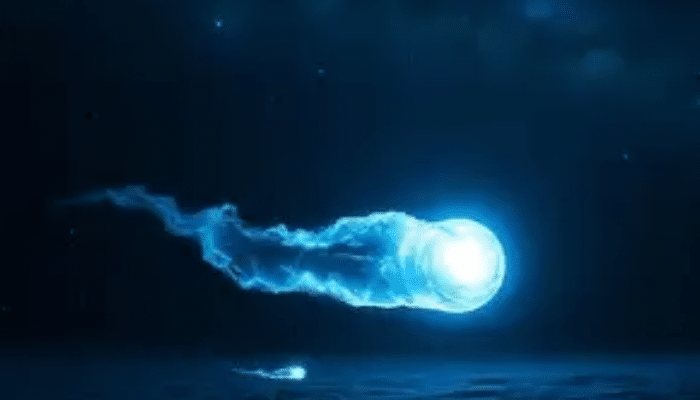NASA scientists have made a groundbreaking discovery — the chemical fingerprint of water on the interstellar comet 3I/ATLAS. This finding could redefine how we understand comets and expand the search for life across the universe.
A Rare Visitor from Beyond Our Solar System
On July 1, 2025, astronomers discovered 3I/ATLAS using the Asteroid Terrestrial-impact Last Alert System (ATLAS) in Hawaii.
Importantly, it is only the third interstellar object ever observed, following 1I/‘Oumuamua (2017) and 2I/Borisov (2019).
Unlike ordinary comets that orbit the Sun, 3I/ATLAS follows a hyperbolic path, meaning it entered our Solar System from another star system and will soon depart forever.
Interestingly, scientists estimate the comet to be around seven billion years old — nearly twice the age of Earth — making it one of the oldest comets ever recorded.
Because of its rare origin, astronomers now have a unique opportunity to analyze the chemical composition of a distant planetary system before the comet disappears into interstellar space.
NASA Detects Water’s Fingerprint
Recently, NASA’s Neil Gehrels Swift Observatory, in collaboration with Auburn University, detected a faint ultraviolet glow coming from 3I/ATLAS.
This signal was caused by hydroxyl (OH) gas, which forms when sunlight breaks apart water molecules — a clear indication of water activity.
Moreover, Swift’s space-based instruments captured this ultraviolet signature that ground telescopes could not detect, confirming the first-ever chemical evidence of water on an interstellar comet.
According to Dr. Zexi Xing, the lead researcher,
“Every interstellar comet so far has been a surprise. This one tells us water is everywhere, even beyond our Solar System.”
Why This Discovery Matters
Clearly, this discovery strengthens the belief that water — a key ingredient for life — exists far beyond our Solar System.
Furthermore, it suggests that life’s essential elements may be common across the galaxy, forming naturally in distant systems.
As a result, scientists can now improve models of comet evolution and planetary formation.
Additionally, this finding will likely guide future missions focused on detecting habitable environments around other stars.
Key Takeaways
- 3I/ATLAS is the third interstellar object ever discovered.
- NASA’s Swift Observatory detected water activity using ultraviolet imaging.
- The discovery supports the presence of life-supporting materials beyond Earth.
- The research will influence future space exploration and planetary studies.
Final Thoughts
In conclusion, the detection of water on 3I/ATLAS marks a giant leap for planetary science.
It not only demonstrates the universal presence of water but also reignites hope that life could exist elsewhere in the cosmos.
As the comet leaves our Solar System, it leaves behind a crucial clue in humanity’s quest to understand the origins of life.
